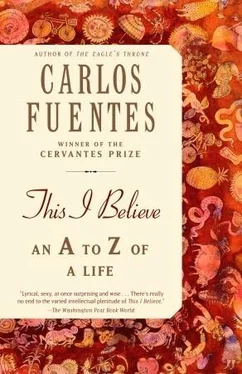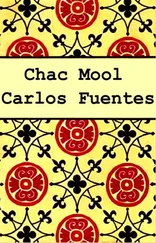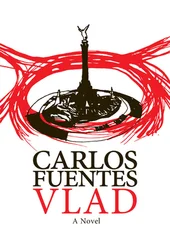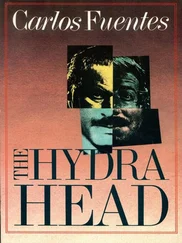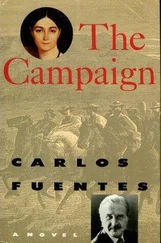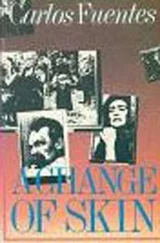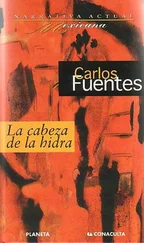In various rural regions in Asia, a democracy of credit is being created. Since its inception twenty years ago, the Grameen (rural) Bank of Bangladesh has designated 2.5 billion dollars to 2 million clients at current interest rates. In one year alone the bank dispensed some 500 million dollars’ worth of credits to the poor, with an average individual loan of around 200 dollars, and a 98 percent rate of return. The poor — unlike certain banks in Mexico, Russia, the United States, or Indonesia — pay back their loans punctually. They do not require taxpayer-subsidized economic bailout plans. The majority of micro-credit recipients are women, and 90 percent of the money they receive is used for their children’s health and education; in other words, for the development of citizens.
In Mexico, Manuel Arango proposes private administration for public ends and Jorge Castañeda proposes cooperative programs with defined parameters and specific goals that would be able transversally to cut through class differences and unify efforts in the interest of resolving concrete, if small-scale, problems.
Public interest does not have just one champion. Increasingly, solidarity and the desire to participate enable the creation, across the board, of nongovernmental organizations whose work could very well be as important as the efforts of government and private enterprises.
I can offer two examples: they are far-flung on the map but complementary. In the Brazilian city of Curitiba, the mayor, the architect Jaime Lerner, spearheaded a joint effort between public administration, private enterprise, and civil society to fight pollution, create more green space, recycle garbage, rehabilitate the urban center, and decentralize urban growth. The result was an improved quality of life for this Latin American city, and it was achieved thanks to the cooperation of all three sectors.
The other, more dramatic example is that of the extraordinary achievements of Hungarian civil society, operating within — and in spite of — a totalitarian system in its most radical incarnation: as a social underground in a dictatorial regime. The great Hungarian novelist Gyorgy Konrad describes how, with all they had to endure, including the Stalinist bureaucracy and the Soviet tanks, a chain of infinitesimal acts of love, sensuality, creativity, and friendship allowed the country’s civil society to survive on a day-to-day basis, despite all the unhappiness they lived with.
An experimental school, a research project, a new orchestra, the chance to publish in the underground, a tiny restaurant, a mathematics association, an attractive boutique, independent publications, semiclandestine newspapers. . all of these in the Hungary beholden to the Warsaw Pact were minimal but transcendental manifestations of civil society. When? How? Where? Humbly, the great Hungarian novelist reminds us: “in retreat, in trenches,” and ever conscious of the dangers and the obstacles, willing to wait one or two generations to achieve the socialization of the system. .
If they could achieve this, filled with courage and hope, as active members of civil society in a totalitarian state, do we, living in democratic, free-market systems, face a far less onerous task or is it the other way around — has liberty dulled us, illusion duped us, and complacency weakened us?
The paradox of Latin America is that we have a strong culture and weak institutions. The Latin American challenge, then, is to channel its cultural constancy and strength toward its political and economic institutions, and this cannot be achieved without the sustained impetus of civil society. Social explosion is the alternative — the return to military regimes, the resurgence of that time-honored Latin American tradition of authoritarian, centralist governments, along with the old lust for corruption and the more recent proliferation of narcotics empires.
If we can overcome these ills, we will strengthen both society and culture. They are inseparable. Without them, we will suffer from a fragile economy and a constantly threatened political sphere. Democracy with development and justice. This is the clarion call of Latin America. We have had, on occasion, political democracy with neither development nor justice (the Colombia of the liberal-conservative rotation); development with neither democracy nor justice (the Mexican revolution until 1960); and justice with neither democracy nor development (the early stages of the Cuban revolution). There are many other examples, many other variables. Currently, we rely too heavily on external and not enough on internal factors to achieve the balance we need. And so it falls to the third sector — civil society — to activate the citizens’ initiatives that can create useful jobs for the workforce that has been expelled by the state and private sectors as the result of an exclusionary modernization process.
Give the people back their power. Create the conditions to achieve real prosperity, from below — it will be far more solid than the flimsy prosperity that provides indispensable fiscal discipline but does not eradicate poverty or unemployment, and gives priority to financial capital while undermining faith in human capital. In her seminal book ¿Qué Hacemos con los pobres? ( What Do We Do with the Poor? ), Julieta Campos very succinctly assesses the situation: Latin America must move away from exclusionary modernization toward an inclusive one. The logic of the market, in and of itself, “accentuates the asymmetries.” Can’t we create a new model of modernity based on local initiatives and the participation of communities — that is, civil society? “Without renouncing global economic efficiency. . without weakening the control on spending and the stability of both the exchange rate and prices,” we must “address the priorities of human development.”
The mobilization of civil society can provide answers to these questions. But civil society does not live on air. It needs the protective shelter of democracy and the nourishing life force of cultural legacy.
When one must walk with Death, what time is valid for life? Freud advises us that all things without life existed previously to all things with life. The end of all life is Death, an all-powerful queen who preceded us and will remain long after we are gone. Did Death mark us before we existed? Will she remember us after we are gone? In other words, did the nothingness that preceded us, the same nothingness that will survive us, only become a conscious entity in nature, and not in its own nothingness but rather as the result of our journey through life? Death awaits the bravest, the wealthiest, the loveliest. But the same is true for the meanest, the poorest, the ugliest — not through the simple fact of dying, not even through human awareness of Death, but rather because we all ignore Death. We know that one day it will come, though we can never know what it is. We await it with varying degrees of acceptance, rage, sadness, bewilderment, remorse, with what the Mexican poet Xavier Villaurrutia characterizes as “nostalgia for death.” We can assess and judge our lives, but we know that in the end the real prosecutor is Death, and we know the verdict before it is handed down. The final, inevitable companion. Friend or enemy? Enemy. And when it robs us of a loved one, rival. How unfair, how wretched, how utterly hateful is the death that kills not us but the one we love. Yet Death as enemy is the one death we can conquer. Occasionally, as I take my daily stroll through Brompton Cemetery in London, I walk past a vast space filled with white crosses. They contrast sharply with the elaborate designs of the majority of the tombs in that burial ground. They are the simple white crosses of the young men who died in World War I. I read their birth and death dates and am always shocked, because I cannot find a single man who reached the age of thirty. The death of a young person is the very definition of injustice. Revolted by such utter cruelty, there are at least three things we can learn from it. The first is that when a young person dies, nothing can separate us from Death any longer. The second is the understanding that some young people die to be loved more. And the third lesson is that the young person whom we love and lose to Death is alive because the love that united us continues to live on in our lives.
Читать дальше
